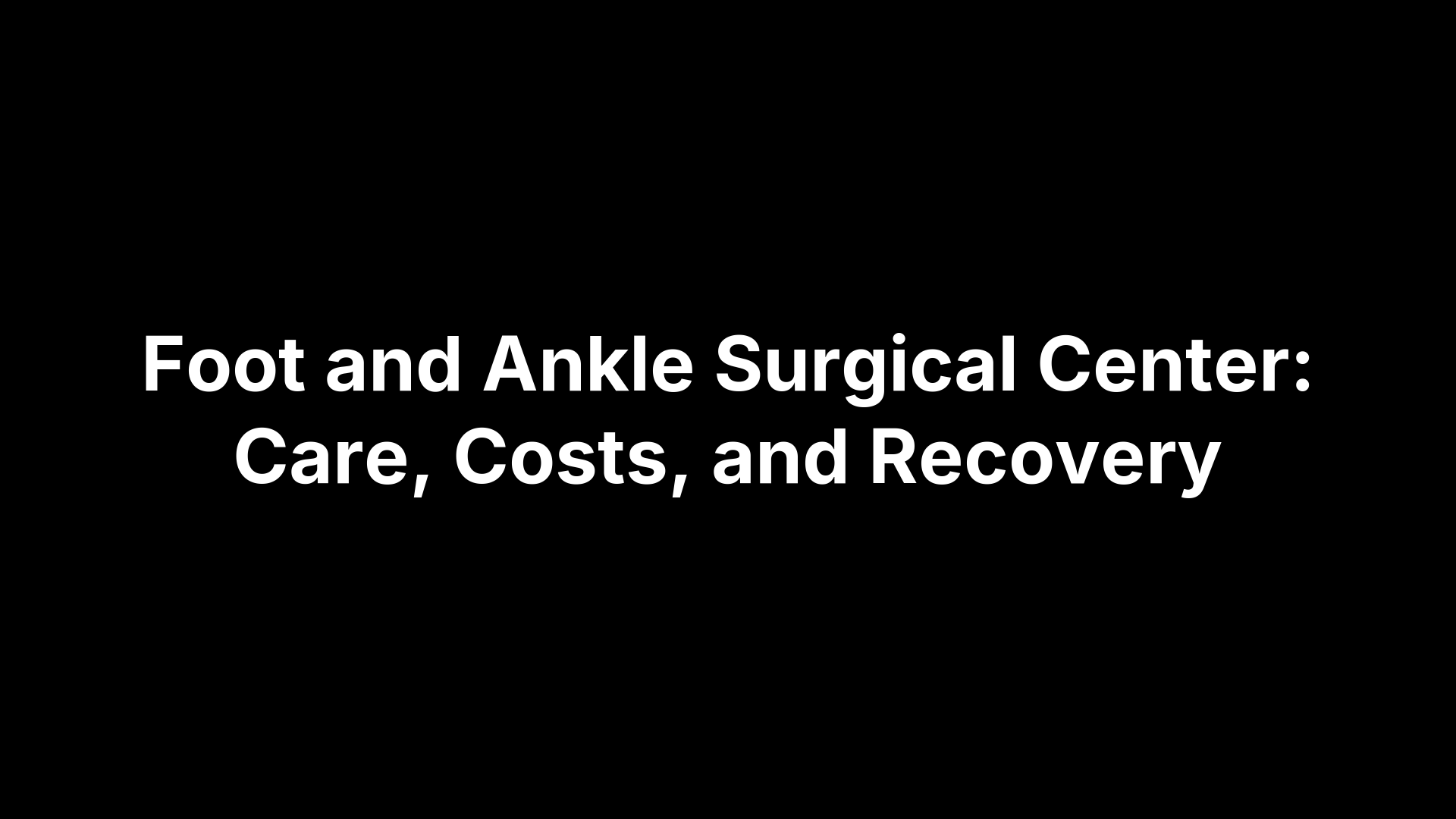When it comes to foot pain or discomfort, surgery isn’t always the first answer. Many people are seeking non-surgical options to manage their symptoms and improve their foot health. In this blog, we’ll explore some of these alternatives by connecting with a foot doctor near you who can offer personalized advice and care.
Understanding Common Foot Issues
Before diving into treatment options, it’s important to understand common foot problems such as plantar fasciitis, bunions, and heel spurs. Knowing the symptoms can help you communicate effectively with your foot doctor.
These common foot issues often arise due to poor footwear, excessive physical activity, or even genetic predisposition. While bunions might manifest as painful bumps at the base of the big toe, plantar fasciitis typically presents as a stabbing pain in the heel, especially noticeable first thing in the morning. Heel spurs, despite being calcium deposits, don’t always cause pain but can exacerbate conditions like plantar fasciitis if left unchecked. Recognizing these signs early, with the help of a foot doctor, can lead you to explore preventive measures.
Addressing these problems early is crucial. For instance, studies suggest that individuals experiencing plantar fasciitis benefit significantly from early interventions. A consultation with a foot doctor near you can determine the root cause of the pain and suggest personalized treatments, including exercises that can relieve pressure and promote healing.
The Importance of Professional Diagnosis
A professional diagnosis is crucial to ensuring that your treatment plan is appropriate for your specific condition. A foot doctor near you can offer an accurate diagnosis, which is the cornerstone of effective treatment.
Professional diagnosis involves more than just identifying the symptoms; it’s about understanding the underlying causes. For example, a comprehensive exam might reveal that your bunion pain is linked to an uneven gait, or that your heel spurs are a consequence of prolonged stress on the feet. A foot doctor will assess your posture, walking habits, and even your footwear to provide a holistic view of your foot health.
Having an accurate diagnosis can limit unnecessary treatments and steer you towards effective non-surgical options. By visiting a local podiatrist, you ensure that the care plan you follow is based on expert knowledge tailored specifically to your needs. Access personalized advice and care to discover the best options for your foot health.
Physical Therapy and Exercises
Physical therapy can be a powerful tool in managing foot pain. With guided exercises designed to strengthen and stretch the foot, many patients find relief without the need for surgery.
Therapeutic approaches often include exercises aimed at improving strength, flexibility, and balance. For instance, calf stretches and toe-raise exercises can significantly reduce discomfort caused by plantar fasciitis by alleviating tension in the affected areas. These routines not only aid in immediate pain relief but also in preventing future issues by correcting functional movements and boosting muscular support.
Furthermore, physical therapy encourages a gradual increase in activity, which can bolster one’s overall health. Engaging in regular exercise is instrumental in maintaining a healthy weight, which in turn reduces strain on the feet. A foot doctor near you can recommend a physical therapist who specializes in foot care to assist you further.
Orthotics and Supportive Footwear
Custom orthotics and supportive footwear can significantly alter the way you experience foot pain. These solutions are tailored to your needs and can provide the support and comfort needed to alleviate discomfort.
Orthotics are designed to improve foot function by redistributing pressure and reducing strain on the foot. They can be especially beneficial for individuals with conditions like flat feet or high arches. Meanwhile, supportive footwear that offers ample cushioning and arch support can prevent damage and ease existing discomfort by providing a better foundation for your feet. Investing in quality shoes that accommodate your specific foot structure can aid in minimizing complications and promoting long-term well-being.
In particular, individuals with plantar fasciitis might find that shoe inserts designed to lift and support the arch of the foot can significantly decrease inflammation and pain. Consulting a foot doctor can help you determine the best footwear and orthotics, customized to your lifestyle and foot health requirements, allowing you to stay active and comfortable.
Medication and Injections
For some patients, medications or injections can provide pain relief and reduce inflammation. Options like corticosteroids or anti-inflammatory drugs can be discussed with your foot doctor.
It’s essential to seek professional guidance before embarking on any medication regimen as improper use can lead to unwanted side effects. For short-term relief, nonsteroidal anti-inflammatory drugs (NSAIDs) can be effective in reducing swelling and easing pain. Meanwhile, corticosteroid injections provide a more targeted approach, swiftly decreasing inflammation in the afflicted areas. Foot doctors tailor these treatments to individual needs, optimizing benefits while minimizing risks.
Research indicates that corticosteroid injections can offer temporary relief from severe pain, functioning as a complement to other non-surgical alternatives. However, these should be considered as part of a broader treatment plan, ideally complemented by lifestyle changes and physical therapies. It’s crucial to remain under the care of a professional to ensure comprehensive management of foot pain.
Lifestyle Changes for Long-Term Health
Lifestyle changes, such as maintaining a healthy weight and regular exercise, play an important role in foot health. Implementing these changes can help prevent future foot problems.
Sustaining a healthy weight decreases the load that your feet bear daily, reducing the likelihood of developing conditions like plantar fasciitis or Achilles tendinitis. Additionally, ensuring that your diet contains nutrients vital for bone and joint health can contribute to more resilient foot structures. Regular exercise, focusing on low-impact activities like swimming or cycling, can boost your fitness without putting undue stress on your feet.
Moreover, evidence suggests that lifestyle changes can significantly improve outcomes for individuals experiencing foot issues, often reducing the need for more aggressive treatments. Engaging with a foot doctor can provide further insights into incorporating beneficial lifestyle modifications that support and sustain your foot health journey.
Taking Steps Towards Better Foot Health
Exploring non-surgical options for foot health can lead to effective and less invasive solutions for managing pain and discomfort. By consulting with a foot doctor near you, you open the door to treatments that can help you live a more comfortable and active life. Remember, understanding your options is the first step to better foot health.







